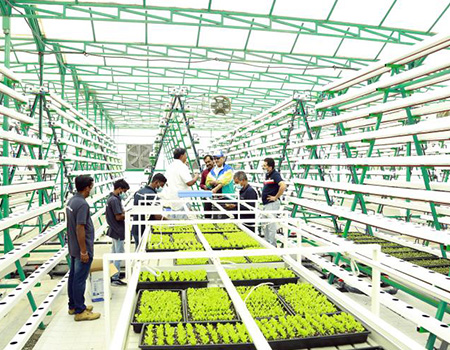There are many countries distributed along the Persian Gulf coast in Asia, most of which have a desert climate, and the United Arab Emirates is no exception. The average annual rainfall in this country is less than 100 millimeters, and rainwater is even more precious than oil. The temperature is high, dry with little rain, and natural resources are scarce. The United Arab Emirates did not consider it suitable for human habitation in the past. In summer, the lowest temperature in major cities in the United Arab Emirates even reaches over 30 degrees Celsius, while the highest temperature lingers between 40 and 45 degrees Celsius for a long time, and even extreme high temperatures of 50 degrees Celsius have occurred.
The rapid development of the United Arab Emirates originated from the discovery of oil, which gradually made this once barren country stand tall in the Middle East and become world-renowned. In the current United Arab Emirates, except for non urban desert areas, verdant vegetation and delicate flowers can be seen everywhere. All of this development cannot be separated from the dedication of the UAE people to high-tech agriculture.

With the development of technology, the current new type of agriculture has also broken through the limitations of traditional agriculture. No matter what season it is, agricultural production can be carried out. The greenhouse project is the most common new type of agricultural equipment we encounter. Greenhouses use transparent covering materials as all or part of the enclosure structure, have certain environmental control equipment, and are used for adverse weather conditions to ensure the normal growth and development of crops throughout the year. A temperature chamber is essential for facility cultivation.
Greenhouse projects play an essential driving role in the rapid development of agriculture in the United Arab Emirates. And the UAE farm adopts a more high-tech greenhouse hydroponic greenhouse system. Hydroponic greenhouse is a vertical planting mode that utilizes a hydroponic vertical planting system in traditional greenhouses. Combining the advantages of greenhouse and hydroponic planting, this greenhouse system can continuously produce high-quality crops throughout the year.

The benefits of hydroponic greenhouses:
One of the most important benefits of hydroponic cultivation is that it can effectively replace soil and reduce waste of land resources. Hydroponic cultivation can be used for large-scale commercial planting and areas with limited space. Hydroponic cultivation can be used in urban areas where there is almost no land available for cultivation. In addition, farmers in arid desert climate can use indoor hydroponics to plant all year round.
Hydroponic cultivation is widely used. Most crops can be hydroponic, including various vegetables, fruits, herbs, and even applied in flower cultivation.
Hydroponic cultivation is green and pollution-free. The absence of soil in a hydroponic system means there is no risk of disease or pest, so growers can eliminate pesticides. This also means that the root system of the plant is smaller, but the flowering potential is greater, leading to an increase in yield.
The emergence of oases in the desert on farms in the United Arab Emirates has shown us the advantages of hydroponic cultivation. The application of this high-tech technology in agriculture can bring us a high-quality life.









